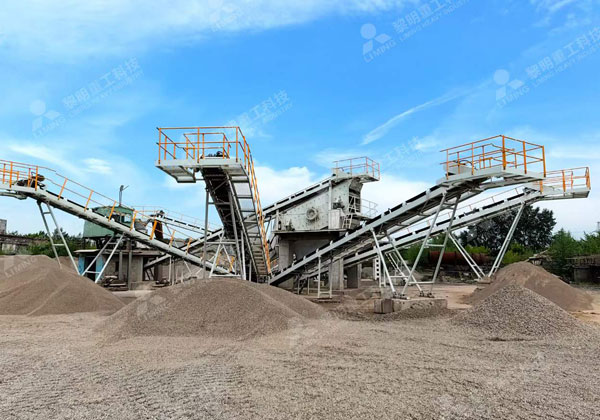A vibrating screen is a critical piece of machinery used in many industrial processes, such as mineral processing, recycling, agriculture, and construction. Its primary function is to separate materials of different sizes or composition. The performance and efficiency of a vibrating screen are crucial for ensuring the smooth operation of various industrial processes. Several key factors influence the performance and efficiency of a vibrating screen, including design, motion, vibration frequency, amplitude, and the properties of the screened material. Understanding these factors is vital to optimizing the overall productivity and output of the screening process.
The design of a vibrating screen significantly impacts its performance. Various factors such as screen surface area, aperture shape, and inclination angle can affect the screening efficiency. The choice of appropriate design parameters depends on the specific requirements of the process, including the nature of the material being screened and the desired throughput.

The motion of the vibrating screen is another critical factor that directly influences its performance. The two most common types of vibrating screen motion are linear and circular. The choice of motion type depends on the nature of the material being processed and the desired screening efficiency. Linear motion screens are typically used for high-capacity applications, whereas circular motion screens are suitable for applications requiring more accurate separations.
Vibration frequency and amplitude are crucial parameters that significantly affect the efficiency of a vibrating screen. Optimal vibration frequency and amplitude ensure efficient particle separation without causing excessive wear or fatigue to the screen components. Adjusting these parameters based on the characteristics of the material being screened can enhance the overall efficiency of the screening process.
The properties of the material being screened, including particle size, shape, density, and moisture content, play a vital role in determining the performance of a vibrating screen. Understanding these properties is essential for selecting the appropriate screen media and optimizing the operational parameters to achieve the desired separation efficiency.
Efficiency in vibrating screens is commonly measured by the screening efficiency, which is the ratio of the amount of material that actually passes through the screen to the total amount of material in the feed. Higher screening efficiency results in increased productivity, reduced energy consumption, and improved product quality. Proper maintenance and regular inspection of the vibrating screen are crucial for ensuring consistent performance and efficiency over time.
Advancements in technology have led to the development of more sophisticated vibrating screens equipped with features such as self-cleaning mechanisms, modular screen panels, and advanced vibration monitoring systems. These technological advancements have significantly improved the overall performance and efficiency of vibrating screens, leading to higher throughput, reduced downtime, and improved product quality.
In conclusion, the performance and efficiency of a vibrating screen are influenced by various factors such as design, motion, vibration frequency, amplitude, and the properties of the material being screened. Understanding these factors and implementing appropriate measures to optimize these parameters can significantly enhance the productivity and efficiency of the screening process, leading to improved overall industrial operations and product quality.
